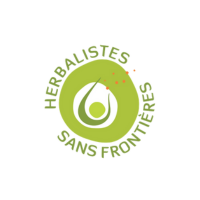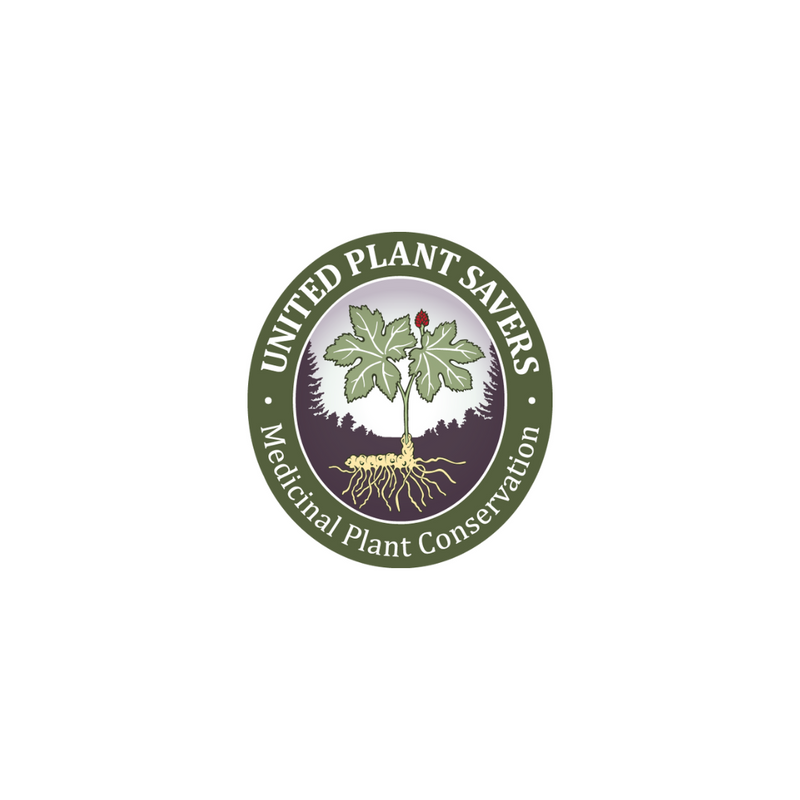An ever-growing list of safety concern chemicals in US Body Care
Share
This is a partial and ever-growing list.
Benzophenone: Benzophenone is added to soaps to maintain the smell and prevent the colors from fading. It is also added to nail polish, foundations, shampoo, conditioner, hair spray, moisturizers and perfume. Benzophenone is also found on labels as oxybenzone, sulisobenzone and sulisobenzone sodium. Benzophenone is believed to be an endocrine disruptor.
Butylated compounds: Butylated hydroxyanisole (BHA) and butylated hydroxytoluene (BHT) are preservatives found in lip products, makeup, sunscreen, deodorant, creams and perfume. Low doses aren’t considered to be toxic, but BHA and BHT can act as endocrine disruptors.
Carbon black: Carbon black is a powder composed of finely divided particles of elemental carbon. You find carbon black in eyeliner, mascara, nail polish, eye shadow, lipstick, blush and foundation. On labels, carbon black may also be listed under the names acetylene black, channel black, furnace black, lamp black or thermal black. Carbon black is a possible carcinogen.
Coal tar: Coal tar is a thick liquid produced from the burning of coal. Recognized as a carcinogen, coal tar is a mixture of hundreds of compounds. Coal tar is added to shampoos, soaps, hair dyes and lotions and may appear on labels as KC 261, lavatar, picis carbonis, naphtha, high solvent naphtha, naphtha distillate or Benzin B70.
Ethanolamines: Ethanolamines are chemicals that contain amino acids and alcohols. In cosmetics, diethanolamine (DEA) and triethanolamine (TEA) serve as emulsifiers, foaming agents and to balance pH levels. You can find them in shampoo, soaps, conditioner, lotions, shaving cream, eyeliner, mascara, eye shadow, blush, foundation and fragrances. On labels, look for DEA, TEA, cocamide DEA, cocamide MEA, DEA-cetyl phosphate, DEA oleth-3 phosphate, lauramide DEA, linoleamide MEA or myristamide DEA.
Formaldehyde: Formaldehyde is a colorless gas added to cosmetics to prevent microbes from growing. The confusing part is cosmetics may contain formaldehyde without being listed as an active ingredient. That’s because certain preservatives can also release formaldehyde, including Quaternium-15, DMDM hydantoin, imidazolidinyl urea, diazolidinyl urea, polyoxymethylene urea, sodium hydroxymethylglycinate, bromopol and glyoxal. You may find these chemicals in nail polish, hair gel, shampoo, body soap and body wash.
Fragrance: This word may sound innocent, but it’s a vague umbrella term to describe a mix of chemicals added to cosmetics to give them their scent. It’s not just limited to perfume or cologne, either. You’ll find fragrance listed on shampoo, soap, body wash, deodorant, lotion, face cream, scrubs and makeup. Depending on the chemicals, fragrance can cause skin irritation and can also act as an endocrine disruptor.
Homosalate: Homosalate is a member of the salicylates family, which absorb UV light to prevent sunburn. Homosalate is found in cosmetics with SPF protection, such as face lotion.
Hydroquinone: Hydroquinone is a skin-bleaching agent found in skin lighteners, cleansers, moisturizes, conditioner and finger nail products. Effectively, hydroquinone strips the top layer of the skin, which increases the amount of UV rays absorbed from sunlight.
Lead and heavy metals: Heavy metals can be found in cosmetics, which has raised concerns among consumers. Metals such as arsenic, cadmium, lead and mercury can be toxic, while nickel, cobalt and chromium can cause sensitivities. Not all heavy metals are added intentionally. In fact, most are a byproduct of reacting with other ingredients. Examples of products containing these ingredients include lipstick, nail polish, eyeliner and foundation. According to the FDA, mercury is only allowed to be used as a preservative in eye products (less than 65 parts per million). Lead, which can be found in lipstick, is limited to 10 ppm.
Methylisothiazolinone (MIT) and Methylchloroisothiazolinone (CMIT): These chemicals are commonly used as preservatives in liquid cosmetics to prevent bacteria growth. You may find them in shampoo, conditioner, body wash, shaving scream, hairspray, makeup remover and liquid soaps and detergents.
Mica: This mineral dust is used in makeup foundations to preserve color and give a shimmery effect. Mica is known as being most harmful to workers in mica processing plants. Long-term inhalation has been known to cause health issues.
Isopropyl acetone, methyl ethyl ketone, and n-methyl-pyrrolidone: These three solvents are used in nail polish removers. Long-term exposure to isopropyl acetone has been known to cause health problems, and there is concern n-methyl-pyrrolidone is a reproductive toxin. You can choose nail polish removers without these chemicals.
Nitrosamines: Nitrosamines occur as a byproduct when compounds, such as diethanolamine (DEA) or triethanolamine (TEA), are mixed preservatives with preservatives. The EPA lists nitrosamines as a known carcinogen. They can be found in most cosmetics that list DEA or TEA as an ingredient.
Octinoxate: Octinoxate is added to cosmetics to filter ultraviolet B (UVB) rays – either to protect your skin or products from degrading. Oxtinoxate, which forms when combining methoxycinnamic acid and 2-ethylhexanol, may disrupt thyroid function. Other than sunscreen, you may find it in lipstick, nail polish, hair color products, shampoo or skin creams.
P-phenylenediamine: This chemical is used in permanent hair dyes by reacting with hydrogen peroxide to bind to your hair. Most often, p-phenylenediamine can cause an allergic reaction and irritate the skin. This ingredient may also show up on labels as 4-aminoaniline, 1,4-benzenediamine, p-diaminobenzene, 1,4-diaminobenzene or 1,4-phenylene diamine.
Parabens: This family of chemicals describes many types of preservatives added to cosmetics (primarily liquid products) to prevent bacteria growth and increase their shelf life. Parabens are an endocrine disruptor that mimics estrogen. Unless a label specifically denotes a product as paraben free, you’re likely to find it in shampoo, conditioner, lotions and cleansers. Common parabens include ethylparaben butylparaben, methylparaben, propylparaben, isobutylparaben or isopropylparaben.
Perfluoroalkyl and Polyfluoroalkyl Substances (PFAS): Often called forever chemicals, PFAS are a mix of linked carbon and fluorine atoms that never degrade. PFAS are added to anti-aging products and cosmetics (blush, eye shadow, bronzer, mascara, powder, foundation, nail polish, shaving cream and eyeliner) to provide a shiny look and smoother feel. Some of the most common PFAS include polytetrafluoroethylene (known by the trade name Teflon), perfluorooctyl triethoxysilane, perfluorononyl dimethicone, perfluorodecalin and perfluorohexane.
Phenoxyethanol: Phenoxyethanol is used for two purposes: as a preservative in a variety of products and a stabilizer in perfumes and soaps. It is known as an allergen and can cause hives and eczema.
Phthalates: Phthalates are a family of chemicals known to be endocrine disruptors. The most common phthalates include dibutyl phthalate in nail polish, diethyl phthalate in scented products such as lotions and Di-2-ethylhexylphthalate in eyelash glue. If you see the word fragrance in the ingredient list, it likely contains diethyl phthalate.
Quaternium-15: Quaternium-15 is a formaldehyde-releasing agent added to beauty products to improve their effectiveness. It is found in conditioner, creams, lotions, face cleansers, shaving creams and gels and styling products. Quaternium-15 may also be listed as benzalkonium chloride, benzethonium chloride or cetrimonium bromide on labels.
Resorcinol: Known as a chemical used to produce tires, resorcinol is added to hair dyes to help bind coloring to hair. Some acne and other skincare products contain resorcinol to help remove rough skin. In large quantities, resorcinol is a toxin that can impact how your organs function.
Talc: Talc is a naturally occurring mineral added to baby powders, eye shadows, blush, deodorants and soaps to absorb moisture. In other uses, it can help improve the feel of a cosmetic or prevent caking in makeup. However, some may contain asbestos, which is a carcinogen. Look for products that contain asbestos-free talc.
Toluene: Toluene, a chemical found naturally in crude oil, is used as a degreaser in paint thinner and also as an adhesive in nail products and hair dyes. Toluene can be a skin irritant and, in more severe cases, is toxic when inhaled in large quantities.
Triclosan: Triclosan is an antimicrobial and antifungal agent added to products to prevent bacteria from forming. Although it’s banned from antiseptic soap, cosmetic companies still use it in toothpaste, deodorant, creams and shaving products. Triclosan is an endocrine disruptor that can impact thyroid and reproductive hormones.




